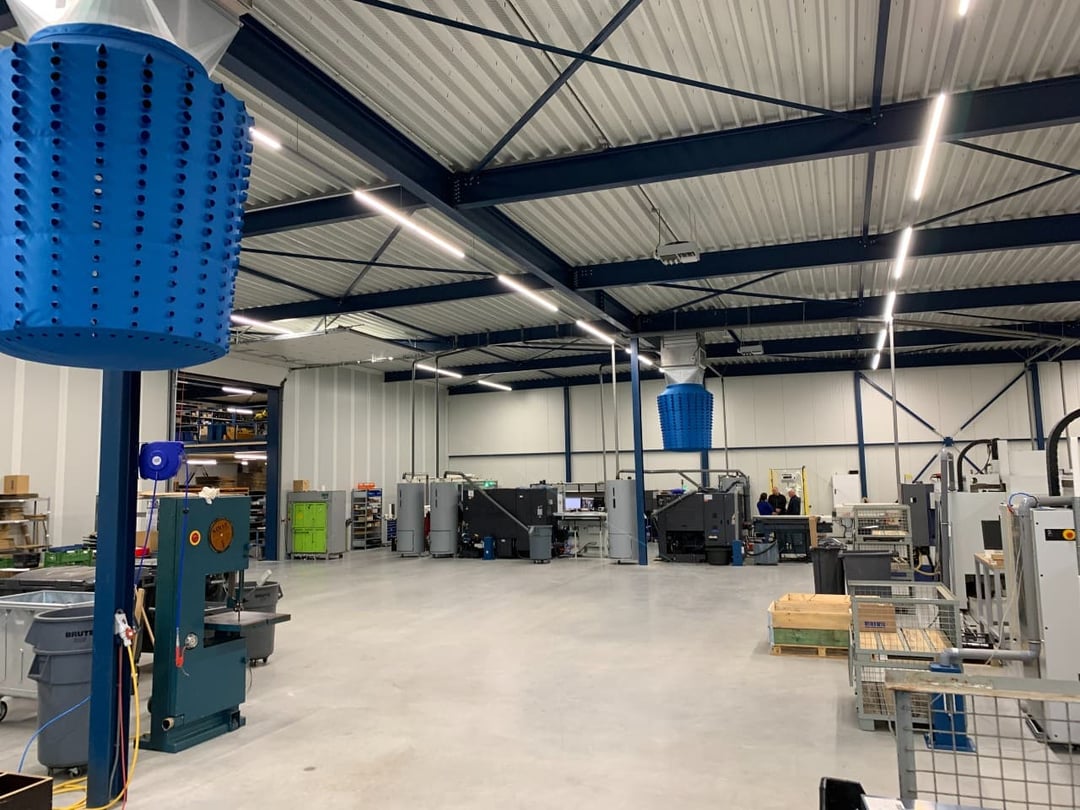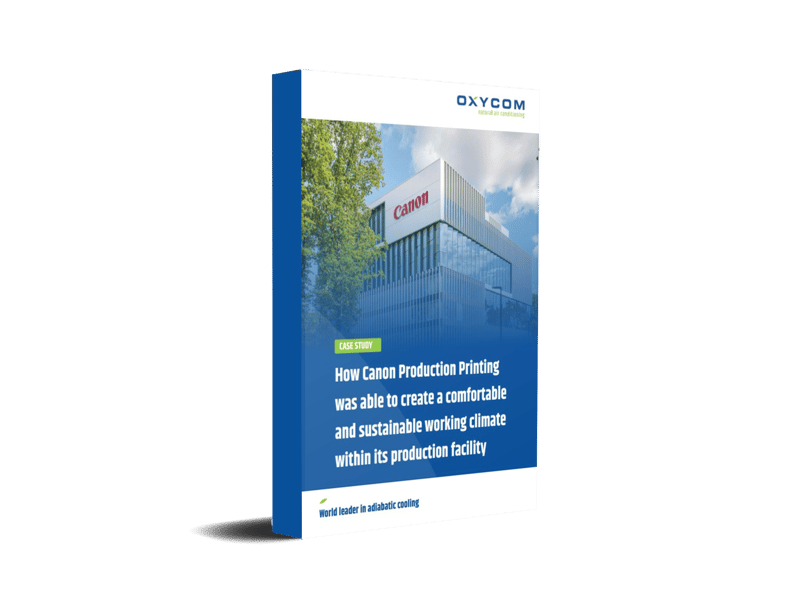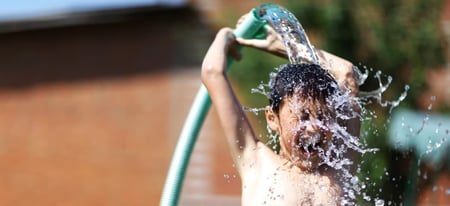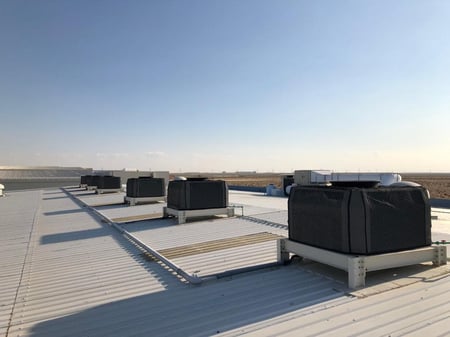
Efficiency of evaporative cooling
The effectiveness of two-stage evaporative cooling in different situations
There are several factors that influence the effectiveness or efficiency of two-stage evaporative cooling. These are:
- The outdoor dry bulb temperature
- The outdoor wet-bulb temperature
- The outdoor air humidity
- Air pressure
- Air volume
%20v2.jpg?width=690&name=Psychrometric%20diagrams%20(SI%20and%20I-P%20units)%20v2.jpg)
The psychrometric diagram depicts all parameters which are involved in an evaporative process.
Effectiveness of evaporative cooling in different climates
As evaporative cooling is a physical process based on the evaporation of water, different climates affect the effectiveness of evaporative cooling differently. The hotter and dryer a climate is, the higher the performance of an evaporative cooling system. A desert climate is, therefore, the most optimal climate for evaporative cooling. High temperatures and low humidity, provide a lot of cooling power. Cooling from 45 °C to 15 °C is no exception. In coastal areas where temperatures are still high but the humidity is often higher, the delivered temperature will end up a few degrees higher. In most continental and maritime climates, dry and more humid periods alternate, here only two-stage evaporative cooling can work effectively through the year. Humid days, in continental and maritime climates, occur mostly during spring and autumn when temperatures are still relatively low, and the humidity is only high for a couple of hours during the day. Due to the two-stage technology cooling of the IntrCooll, the cooling performance is retained. For the rest of the year, two-stage evaporative cooling functions as an effective and sustainable indoor climate solution. For countries in a tropical climate evaporative cooling may not be the most effective cooling solution though a hybrid version allows still for substantial energy savings.
The graphs show the effectiveness of evaporative cooling in continental&maritime, tropical, and desert climates.
Hybrid evaporative cooling systems
Some desert climate countries, such as Dubai, can experience longer humid periods. In this case, a hybrid evaporative cooling system can provide an optimal cooling solution. The hybrid system combines evaporative cooling with a mechanical cooling system. The mechanical system can be switched on only during the more humid days, whereas the evaporative system cools the rest of the year. With this hybrid system, a production hall or building can be cooled adequately throughout the whole year without losing the extensive benefits of evaporative cooling.

A comfortable and sustainable working climate with IntrCooll
Canon Production Printing Netherlands saw they had to improve their indoor climate to provide a healthy and productive work environment. With Oxycom’s sustainable cooling and ventilation system, IntrCooll, Canon Production Printing Netherlands has been able to create a stable and optimal working climate for their employees.
Related articles
See all articles/Case%20studies%20(Pictures)/Extra/What%20is%20evaporative%20cooling.jpg?width=450&name=What%20is%20evaporative%20cooling.jpg)
Is evaporative cooling as good as air conditioning?
In this blog, we answer whether evaporative cooling is as good as air conditioning. What are the pros and cons of both technologies?

Water as a refrigerant
In this blog, we explain why water is an excellent alternative to the ozone-depleting R-22 refrigerant in conventional air conditioning and how water-based cooling works.

Does evaporative cooling work in humid climates?
The more humid a climate is, the harder it is for a direct evaporative cooling system to cool effectively. But what about indirect/direct adiabatic cooling?
Back to overview:
Evaporative cooling
%20-%20EU.jpg?width=690&name=IntrCooll%20Applied%20Performance%20v3.44%20(summer)%20-%20EU.jpg)
%20-%20UAE.jpg?width=690&name=IntrCooll%20Applied%20Performance%20v3.44%20(summer)%20-%20UAE.jpg)
%20-%20KSA.jpg?width=690&name=IntrCooll%20Applied%20Performance%20v3.44%20(summer)%20-%20KSA.jpg)